Rounding and Estimation Subtraction Worksheets
Rounding and estimation subtraction worksheets are a valuable resource for students who are learning the basics of subtraction. These worksheets provide an engaging and interactive way for students to practice and reinforce their understanding of rounding and estimating numbers before performing subtraction operations.
Table of Images 👆
More Other Worksheets
Kindergarten Worksheet My RoomSpanish Verb Worksheets
Cooking Vocabulary Worksheet
DNA Code Worksheet
Meiosis Worksheet Answer Key
Art Handouts and Worksheets
7 Elements of Art Worksheets
All Amendment Worksheet
Symmetry Art Worksheets
Daily Meal Planning Worksheet
What is rounding?
Rounding is a mathematical process where a number is approximated to a specified level of precision or to a particular place value. This is typically done by adjusting a number to the nearest whole number, decimal point, or other significant digit to make calculations or comparisons simpler and more manageable.
How do you round numbers to the nearest whole number?
To round a number to the nearest whole number, look at the digit to the right of the decimal point. If it is 5 or more, round the number up; if it is less than 5, round the number down. Remove the digits after the decimal point to get the rounded whole number.
How do you round numbers to the nearest tenth?
To round numbers to the nearest tenth, you look at the digit in the hundredths place. If it is 5 or more, you round up the tenths place. If it is less than 5, you keep the tenths place as it is. Then, you remove all digits to the right of the tenths place. For example, if you have 3.68, the digit in the hundredths place is 8, which is more than 5, so you round up and the number becomes 3.7.
How do you round numbers to the nearest hundredth?
To round numbers to the nearest hundredth, look at the digit in the thousandths place. If it is 5 or greater, round the hundredth place up by 1. If it is less than 5, keep the hundredth place the same. Then, truncate any digits after the hundredths place.
What is estimation?
Estimation is the process of making an educated guess or approximation about the value, amount, or size of something based on limited information or data. It involves using known information or similar situations to come up with a reasonable estimate that can help in planning, decision-making, or understanding a particular situation.
How do you estimate the difference between two numbers?
To estimate the difference between two numbers, subtract the smaller number from the larger number. For example, if the two numbers are 80 and 45, you would subtract 45 from 80 to estimate the difference. This method provides a close approximation of the actual difference between the two numbers.
How do you estimate the difference between two numbers using rounding?
To estimate the difference between two numbers using rounding, round each number to the nearest place value you are interested in (such as the nearest ten or hundred). Then subtract the rounded numbers to get an approximate difference. For example, if you want to estimate the difference between 85 and 62 to the nearest ten, round 85 to 90 and 62 to 60. The approximate difference would be 30 - 60 = 30.
How do you subtract rounded numbers?
To subtract rounded numbers, you simply carry out the subtraction operation as usual with the rounded numbers. After obtaining the result, you should be mindful of the precision lost during the rounding process. If needed, you can adjust the final answer by taking into account the rounding errors from the original numbers.
How do you determine if your estimated subtraction is reasonable?
To determine if your estimated subtraction is reasonable, you can compare the numbers you are subtracting and see if the result is approximately close to what you expect. You can also check if the estimated result falls within a reasonable range based on the magnitude of the numbers being subtracted. Additionally, you can perform the actual subtraction to verify if your estimation is accurate or if adjustments need to be made.
Can you use rounding and estimation in other mathematical operations, or is it exclusive to subtraction?
Rounding and estimation can be used in various mathematical operations beyond just subtraction. In addition to estimating the difference in subtraction, rounding can also simplify multiplication, division, and addition by making calculations easier and more manageable. By rounding numbers to the nearest whole number or decimal place, you can simplify complex calculations and arrive at approximate solutions quickly and efficiently.
Have something to share?
Who is Worksheeto?
At Worksheeto, we are committed to delivering an extensive and varied portfolio of superior quality worksheets, designed to address the educational demands of students, educators, and parents.





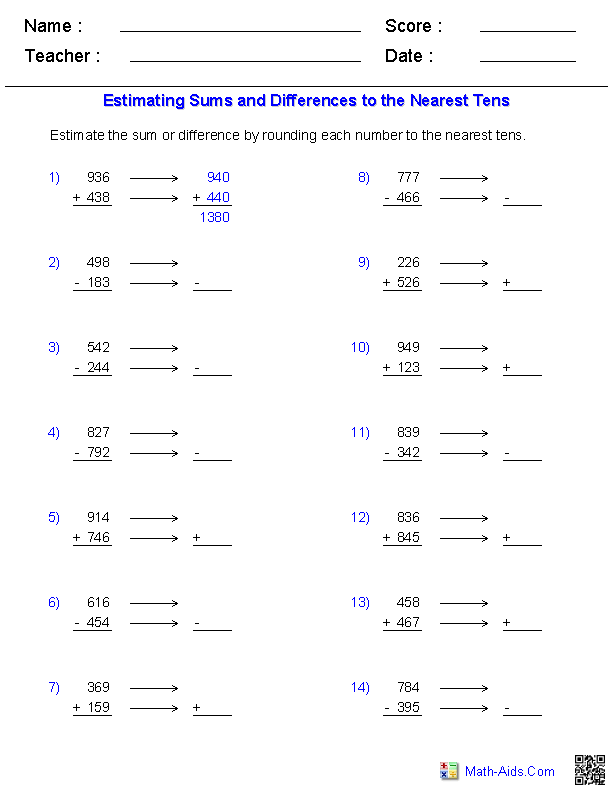

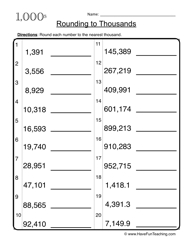
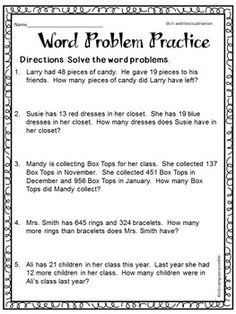
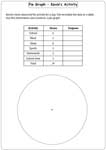
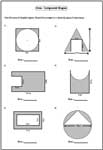















Comments